High Risk Maneuver Sends Space Probe To Jupiter
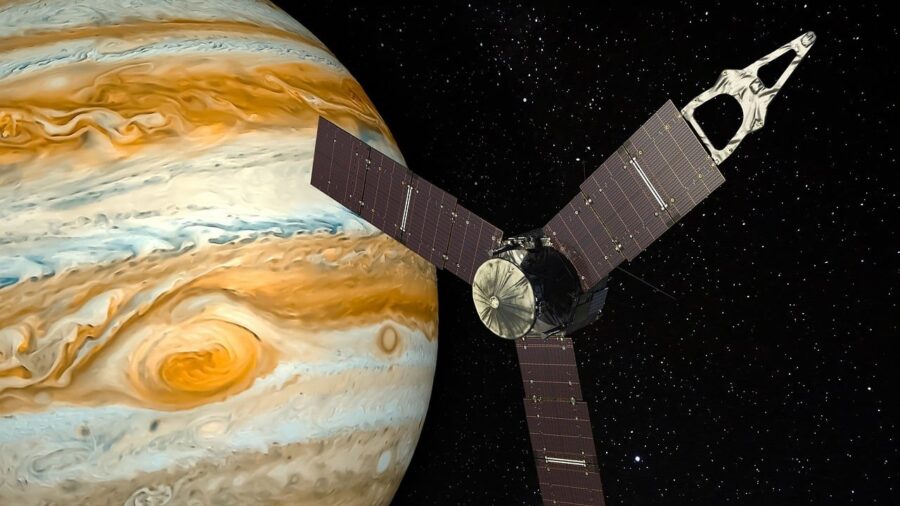
An exploratory spacecraft launched last year performed one of several scheduled slingshots around the Earth on August 20 in what will eventually pave the way for the unmanned object to eventually head to the fifth planet from the sun. The Jupiter Icy Moons Explorer (JUICE) began the next phase of its multipart journey as it looped quickly around the Earth at midnight Eastern Time in a maneuver that the European Space Agency established as a “double world first.” However, the risks associated with the rest of the craft’s mission could be enough to take JUICE out of commission.
The Slingshot
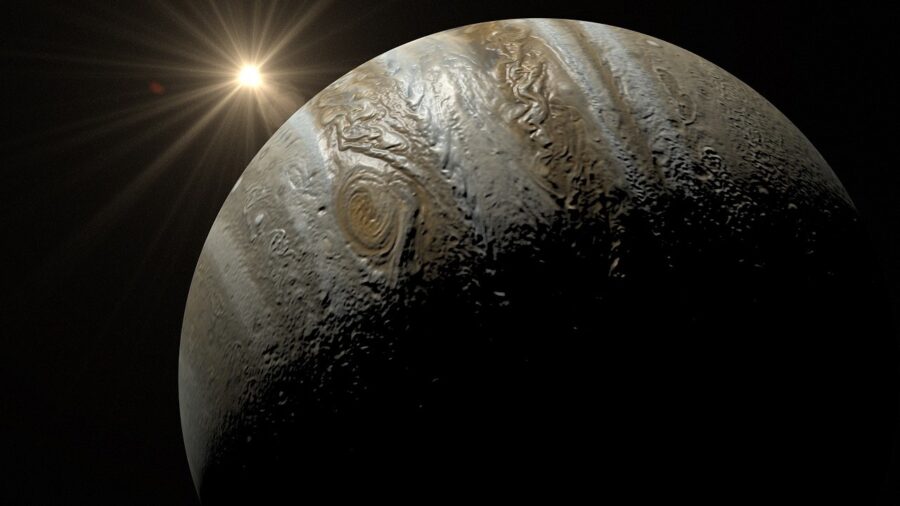
The lunar-Earth flyby and “double gravity assist maneuver” combined to drastically change the direction and speed of JUICE while it performs tests of the onboard instruments. As the craft neared our planet, the gravitational pull of the Earth slowed it down and caused it to change its path toward the planet Venus, which it is expected to reach in 12 months. This slowdown is needed as it limits the levels of fuel JUICE uses while it drops its velocity so that it can safely orbit other planets.
Won’t Arrive For Seven Years
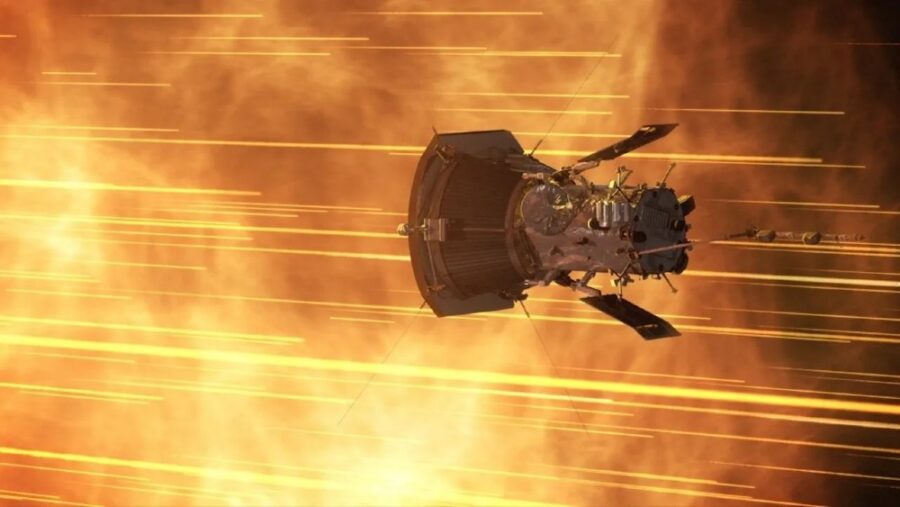
After JUICE completes its orbit around Venus, the Jupiter probe will be back on course toward the Earth. In September 2026, JUICE will complete a second loop around the Earth and a third one in January 2029. The additional two loops are needed to get the probe back on the proper trajectory toward Venus and allow it to build the proper speed as it is finally slingshot away from the Earth’s orbit.
Set to reach its intended destination 2031, the Jupiter probe will begin to observe and record the largest planet in the solar system as well as make examinations of its many moons.
A Very Tiny Margin Of Error
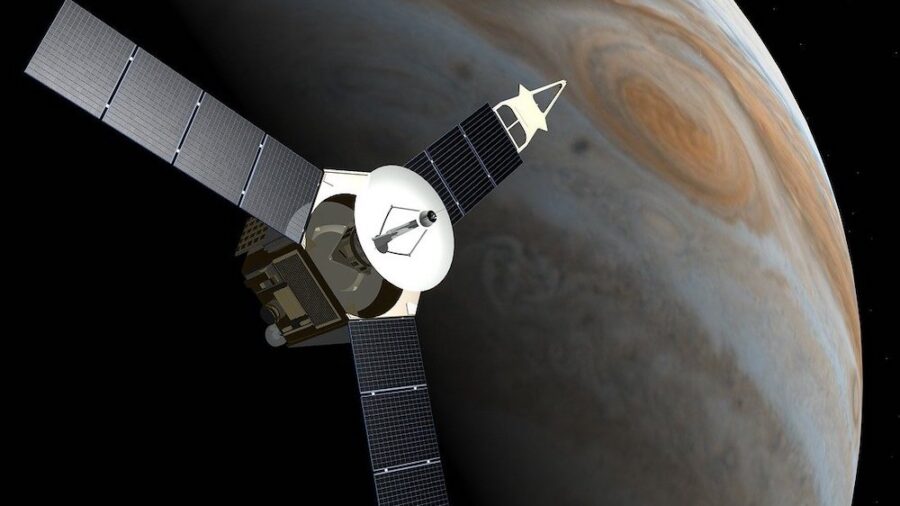
Ignacio Tanco, who serves as the Jupiter probe’s spacecraft operations manager, compared the object’s passage between the Earth and the Moon to traveling “through a very narrow corridor” at a high rate of speed. The margin of error is so minuscule that if the JUICE is even a few millimeters off, it will be taken off its set course and wreck the entire mission.
Visible From Earth
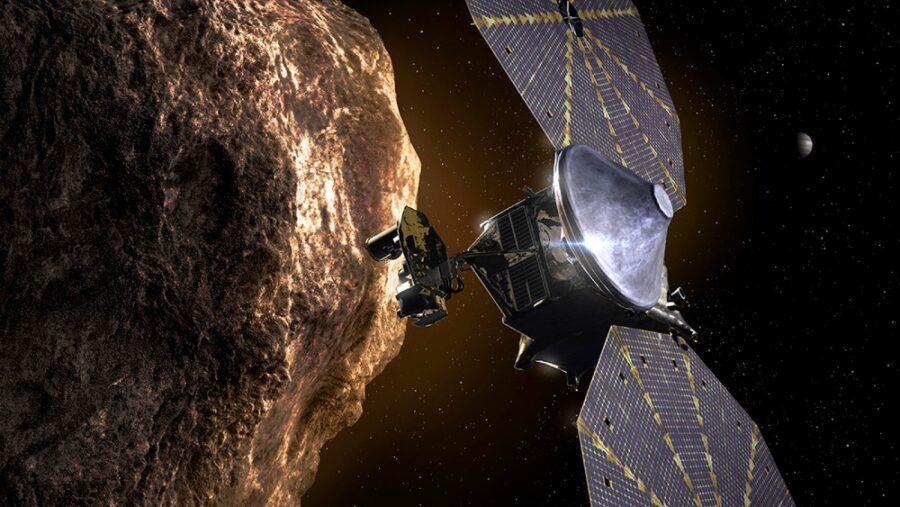
Those who had a good telescope could have caught the Jupiter probe during its first Earth loop, provided they were looking up to the heavens from Southeast Asia or parts of the Pacific Ocean. For those not fortunate enough to be in those locations, the European Space Agency shared the spacecraft’s path on its blog and on its X account.
Observing The Gas Giant
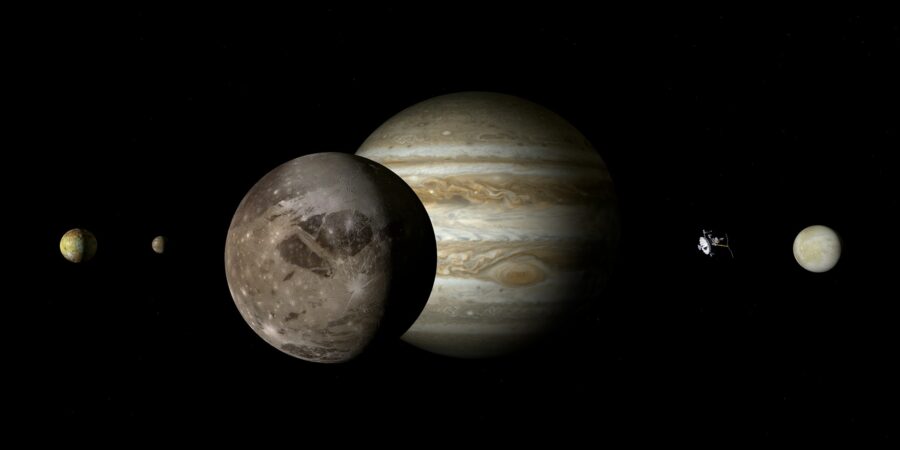
Though the Jupiter probe’s primary mission is observing the planet it is named after, the data it will record from Venus could serve as invaluable to researchers. The European Space Agency is also in command of the Mars Express Orbiter, which recorded numerous vivid images of the planet.
Stateside, the European Space Agency’s equivalent is looking for help from private industry for its immediate plans. NASA is seeking to remove its long-abandoned Mars Rover from the Red Planet to the Moon. Additionally, when the International Space Station is officially retired in six years NASA is requesting help from the private sector to dismantle it.
Sources: The European Space Agency












Login with Google